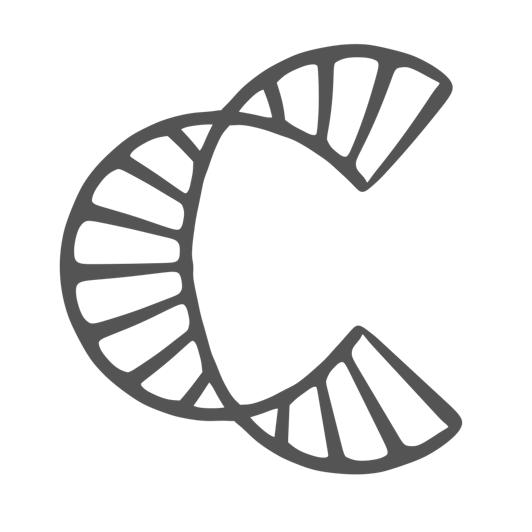Unlock your drug discovery
At Cell Origins, we understand that peptide and antibody discovery can be a challenge. To help overcome these challenges, we are dedicated to providing high-quality phage display libraries that are rigorously controlled to obtain the lowest rate of stop codons and other unintended sequences.
We specialize in high-quality, customizable peptide phage display libraries, delivering cutting-edge solutions for therapeutic and diagnostic discovery. Peptides are a powerful and versatile class of molecules with proven success in targeting biomarkers for disease treatment and imaging.

Premier Peptide Libraries Backed by Nobel Prize-Winning Science
We offer ready-to-use linear and cyclic peptide libraries based on the pioneering f3TR1, fUSE5, and f88-4 phage display vectors developed by Nobel Laureate
Dr. George Smith, the founder of phage display technology. Our libraries are engineered for exceptional diversity, validated quality, and optimized performance in drug discovery and molecular targeting applications.
Linear Peptide Libraries
Linear peptides are widely used for biomarker targeting and therapeutic screening. Our linear peptide libraries are built on the f3TR1, fUSE5, and f88-4 vectors, offering high-affinity selections and reliable performance across diverse experimental systems.
- f3TR1 libraries ensure efficient trypsin release with minimal recovery bias and retain phage infectivity for superior downstream applications.
- fUSE5 libraries, among the earliest phage display systems, remain a cost-effective and powerful platform for discovering tight-binding peptides.
- f88-4 libraries express peptides on coat protein VIII (pVIII), making them ideal for identifying high-affinity ligands through type 88 display.
| Library | Type | Diversity |
|---|---|---|
| f3TR1 14-mer | pIII-display | >10^10 |
| f88-4 cys5 15-mer | pVIII-display | 10^9 |
| f88-4 cys6 16-mer | pVIII-display | 10^9 |
Cyclic Peptides
Cyclic peptides provide enhanced stability and binding affinity due to their constrained structure. These properties make them increasingly valuable in therapeutic discovery and molecular targeting. Cell Origins offers cyclic peptide libraries based on the f3TR1 and f88-4 vectors—each designed for superior diversity, reduced degradation, and optimized biopanning.
- f3TR1 libraries ensure efficient trypsin release with minimal recovery bias and retain phage infectivity for superior downstream applications.
- fUSE5 libraries, among the earliest phage display systems, remain a cost-effective and powerful platform for discovering tight-binding peptides.
| Library | Type | Diversity |
|---|---|---|
| f3TR1 14-mer | pIII-display | >10^10 |
| f88-4 cys5 15-mer | pVIII-display | 10^9 |
| f88-4 cys6 16-mer | pVIII-display | 10^9 |
Custom Phage Display Libraries & Expert Support
Need a phage display library that's more tailored? Our custom peptide and antibody libraries are built with your exact needs in mind. We offer:
- Vector customization for peptide or antibody display.
- Post-selection features like biotinylation, soluble ligand expression, and affinity capture
- Expert support to help design, optimize, and execute your phage display strategy

